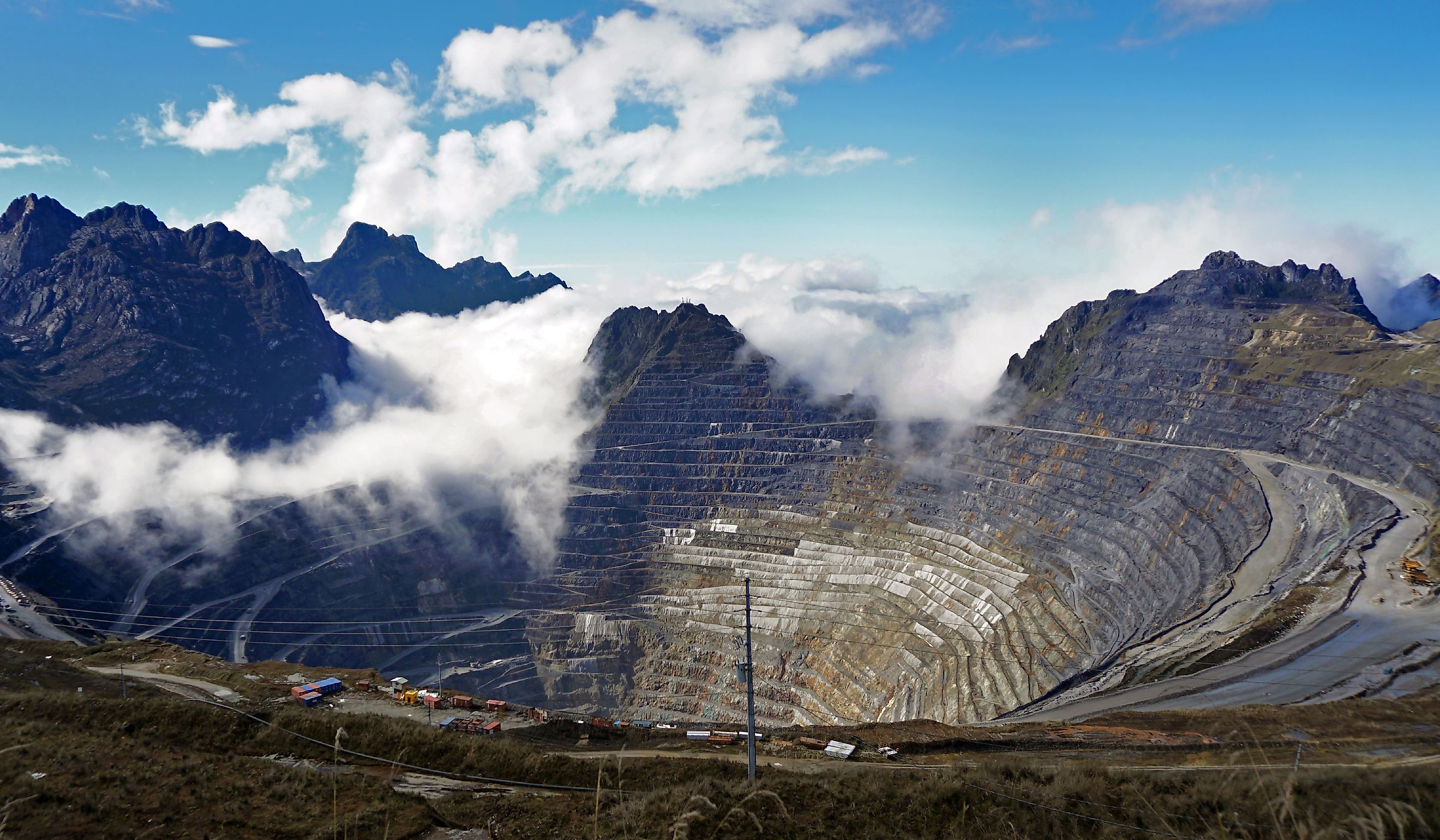
The 10 Largest Copper Mines in the World
Elements are rarely given human characteristics, but copper is a notable exception. The reddish-brown metal is often called "Doctor Copper" for its perceived ability to forecast economic trends; in finance, many professionals regard copper as a financial prognosticator, thanks to its vast presence across industries. As consumers, we often overlook this valuable commodity's utility in our everyday lives, but we benefit from it daily in our electronic products, automotive parts, and construction materials. Furthermore, copper's natural properties make it corrosion-resistant, malleable, and an excellent heat conductor. These factors combined make copper one of the most valuable resources on the planet. In this article, we will explore the 10 largest copper mines in the world, their production capacity, among other metrics, and the industry's future outlook.
Escondida
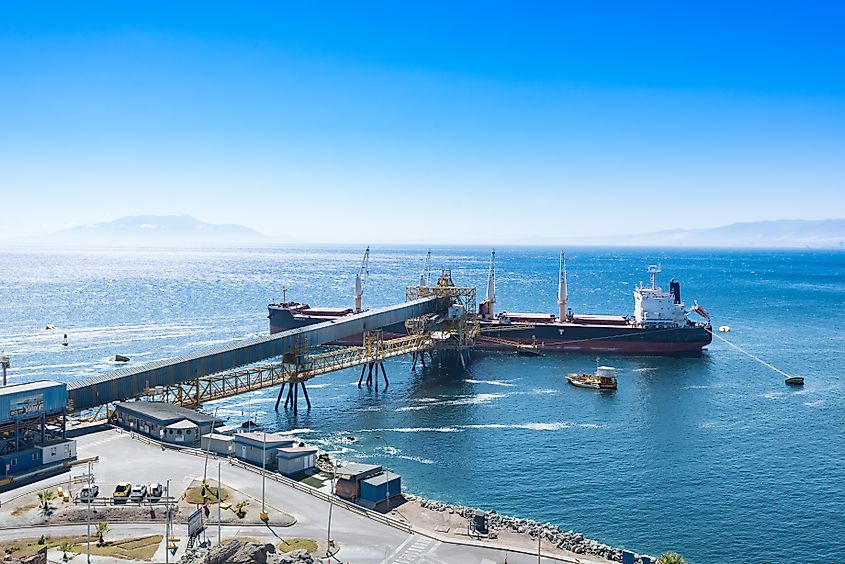
Starting off the list is Escondida. Located in the arid region of the Atacama Desert, the tripartite venture, owned by BHP, Rio Tinto, and JECO reigns supreme as the world's leading copper mine in production. In fiscal year 2022, Escondida yielded more than 1 million tonnes of copper and 882,100 metric tons for 2023. However, operators are looking to scale up production to achieve an annual output of 1.2 million in the coming years. That bullish forecast may happen, as the latest figure from this year suggests that Escondido has increased total output by 7% thanks to higher ore grades. Looking ahead even deeper into the future, it is estimated the mine holds enough reserves to last until 2078. Escondida has positioned itself as a valuable stakeholder in Chile, paying billions in taxes, and though the enterprise has experienced sporadic labor disputes, they were successfully resolved, and operations are presently ongoing without any roadblocks. Additionally, BHP invested in desalination plants, further solidifying the mine's operation and reducing dependence on the area's groundwater reserves.
Collahuasi
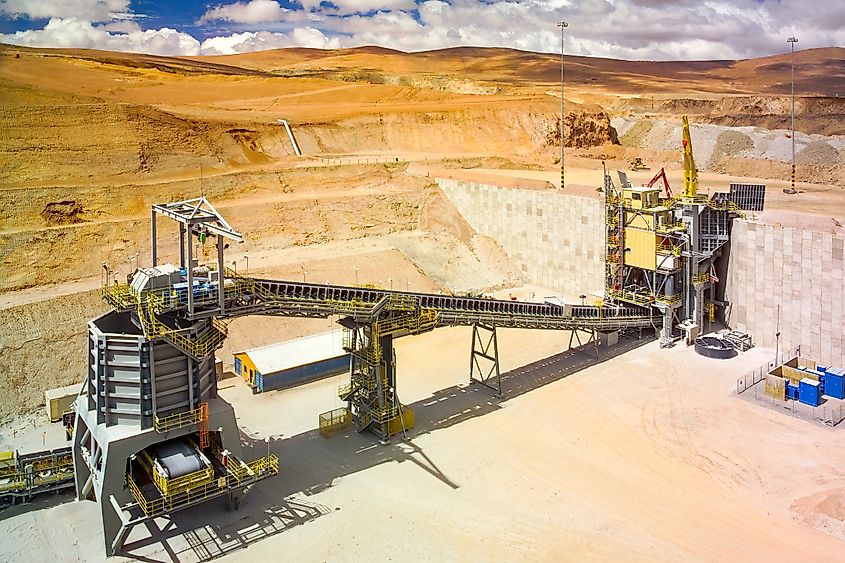
Second on the list is the Collahuasi mine, which is also located in Chile. This enterprise is owned by three shareholders: Anglo American PLC, Glencore, and Japan Collahuasi Resources. Last year, Collahuasi yielded around 563,650 tonnes of copper; with an estimated 2.2 billion tonnes of mineral deposit and a copper concentration of 0.82%, the mine is expected to operate until the end of the century. Equally fascinating, the Collahuasi mining district has been a source of commercial activity for nearly 150 years, dating back to 1880—with a sporadic halt to operations only during the Great Depression. Like Escondida, Collahuasi has also contributed to its community and added significant economic growth to the Tarapaca region by employing thousands of workers and vendors, many of whom are locals. As of January of this year, production increased by 2.8%, serving as a good omen for the rest of the year and beyond.
Cerro Verde
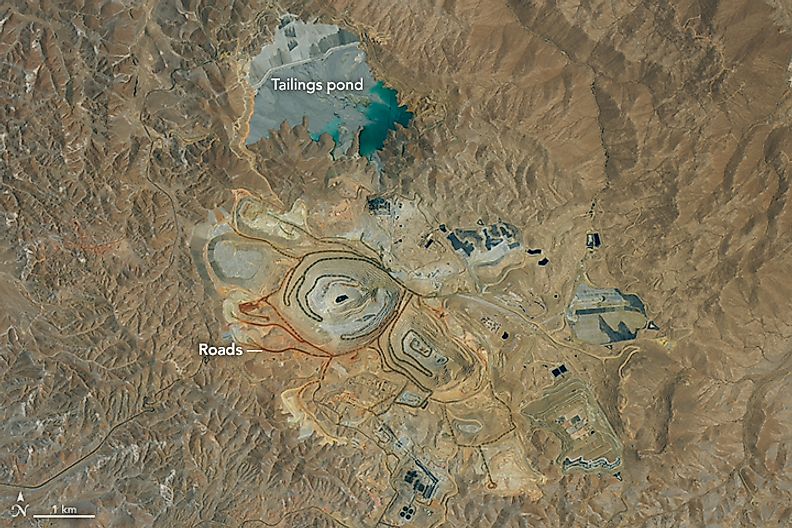
Next on the list is Cerro Verde, located in southwestern Peru. This venture is owned by multiple shareholders, with Freeport-McMoRan owning a leading 53.5% of shares, followed by Sumitomo Metal Mining Company, Compania de Minas Buenaventura, and other smaller stakeholders. Last year, Cerro Verde produced around 453,000 tonnes of copper. With an estimated 4.63 billion tonnes of ore grading, four-tenths of which is copper, operations are expected to continue until the end of 2052 after existing reserves are depleted. The 54-year-old project has contributed millions to the local Arequipa community, investing in roads, sanitation projects, education, and healthcare, spending an aggregate of $256 million from 2005 to 2023 while accounting for 2.5% of Peru's national gross domestic product. Earlier this month, the Peruvian government's Ministry of Energy and Mines department approved a $600 million project to increase production, aiming to yield 4 million tons annually.
Buenavista del Cobre
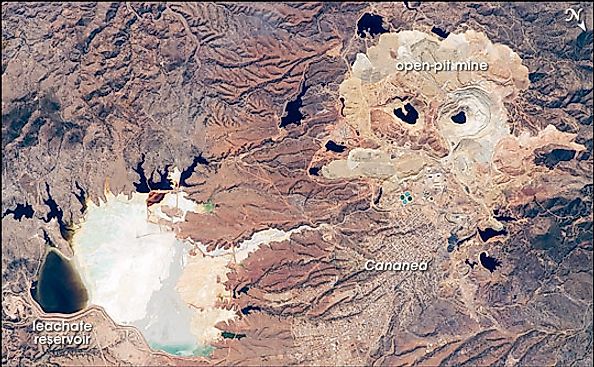
The Buenavista mine, also known as the Cananea copper mine, is located in the picturesque Sonora state in Mexico. The vast open pit, owned by Grupo Mexico S.A. de C.V., generated 427,550 tonnes of copper for 2023 and is expected to continue workflow for an additional 30 years, extending into the year 2050. Through its storied history, the mine has experienced several ownerships, strikes, and an ecological water disaster in 2014. On the bright side, Buenavista has continued to lead as Mexico's top copper producer, yielding a staggering 60% of the country's copper, and is expected to increase output after the BuenaVista zinc project is completed.
Kamoa-Kakula Project

The Kamoa-Kakula Project is a joint enterprise between the Ivanhoe Mines, Zijin Mining Group, and the Democratic Republic of Congo government. Located in the verdant Katanga region, the underground mine harvested 393,551 tonnes of copper in 2023 and aims to increase production to 440,000 to 490,000 this year. Mining is expected to continue for another 40 years until 2064, thanks to 944 million tonnes of combined mineral resources. Stakeholders proudly boast that Kamoa generates the "greenest" copper in the world, derived from green renewable energy, and aims to have the entire facility powered through hydroelectricity.
Grasberg Block Cave Mine
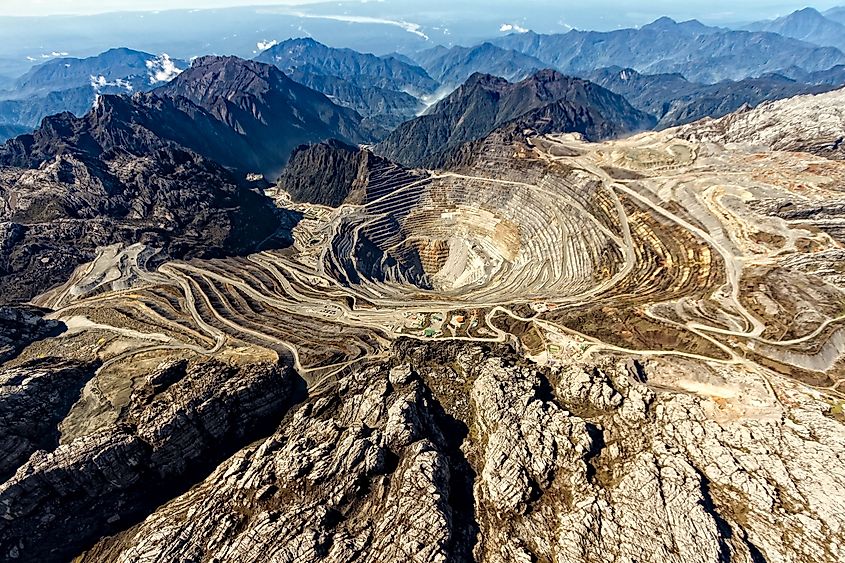
Nestled among the towering mountains in the Papua province of Indonesia, the Grasberg mine is owned by PT Freeport Indonesia and PT Indonesia Asahan Aluminum. The underground mine is projected to have a remaining mine life of 16 more years, operating until 2041. In addition to copper, the pit is also home to significant gold and silver reserves. Operations have been primarily smooth but sometimes volatile. For example, local communities have had several concerns over the last few decades about the environmental impact of the mine, sometimes erupting in violent skirmishes. In addition, Grasberg has experienced multiple labor disputes and natural disasters. Nonetheless, the status of the mine remains active, and the mine's project is still being developed for long-term use.
Antamina
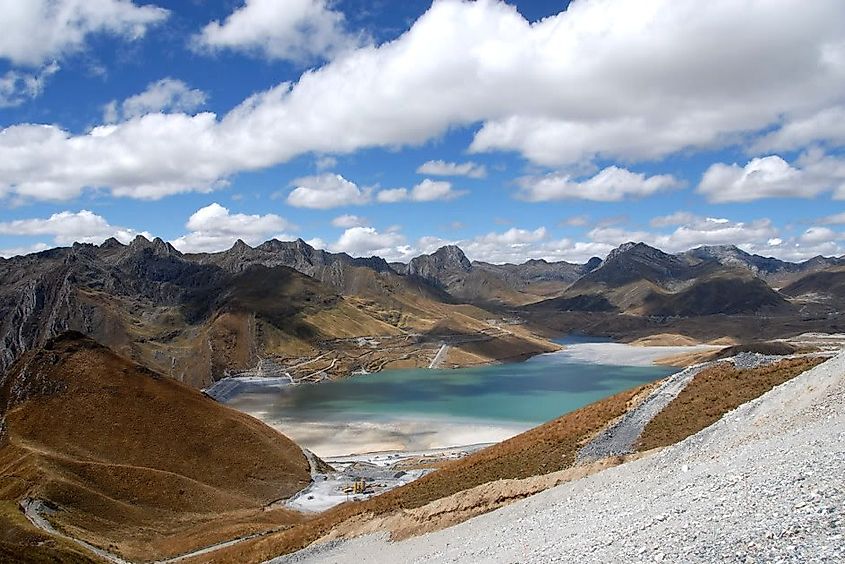
Back in beautiful Peru, in the Andes Mountains, the Antamina mine is operated by Compania Minera Antamina and is an open-cast project located 4,300 meters above sea level. The project generated 410,070 tonnes of copper in the previous year, with operations anticipated to continue until 2036 but may operate longer if an extension is requested. Since its inception in 2001, Antamina has positively contributed to the region, hiring almost 3,000 workers, nearly half of which come from the local Ancash area, while increasing economic activity from domestic and regional suppliers. Earlier this year, the government of Peru approved a $2 billion expansion project after several meetings between stakeholders from Antamina and Peruvian Energy and Mines Minister Oscar Vera Gargurevich.
Morenci
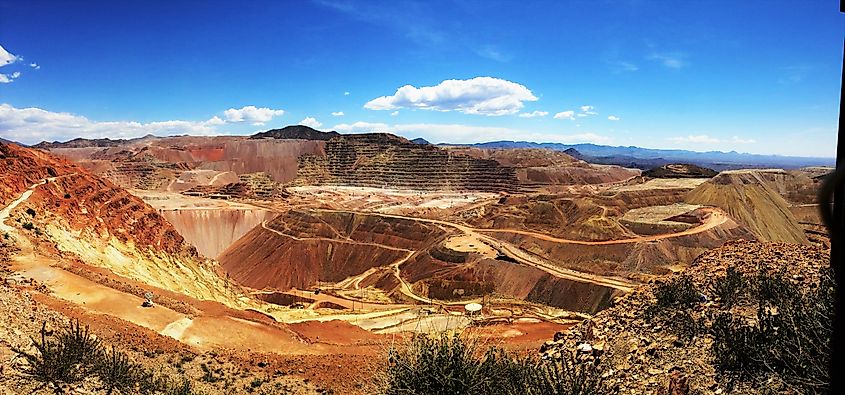
The Morenci mine has the distinction of being the sole representative of the United States on this list. Owned by Freeport-McMoRan and located in the arid state of Arizona, this open-pit mine has been operational since the 1880s. Morenci generated 399,100 tonnes of copper in 2023 and has enough reserves to last until 2051. The historical significance of Morenci cannot be overstated, as the entire town of Morencu depends on the continuity of the Morenci Mine. In mid-June of this year, FreePort-McMorRan's CEO stated her intention to aggressively increase production thanks to heightened global demand, in addition to receiving some of the federal government's $475 million for clean energy projects.
El Teniente
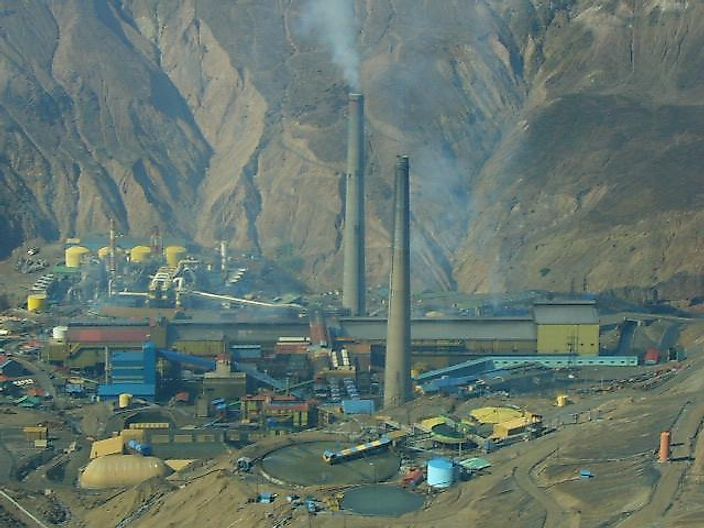
El Teniente is rumored to be the world's largest underground copper mine. Located in the Andes region in Chile, this historic mine began operating as early as 1819 and still continues today. The venture is owned by Corporacion Nacional del Cobre de Chile and produced an impressive 397,320 tonnes of copper in 2023. Current estimates predict the mine will last another 50 years, which comes as welcoming news to the thousands of residents who call Sewell home—the main town on the Andean mountainsides. Given El Teniente's historic contribution to the Chilean economy, many buildings in Sewell have been renovated to house miners and their families. In contrast, other structures have been preserved to keep their memory alive.
Cobre Panama Project
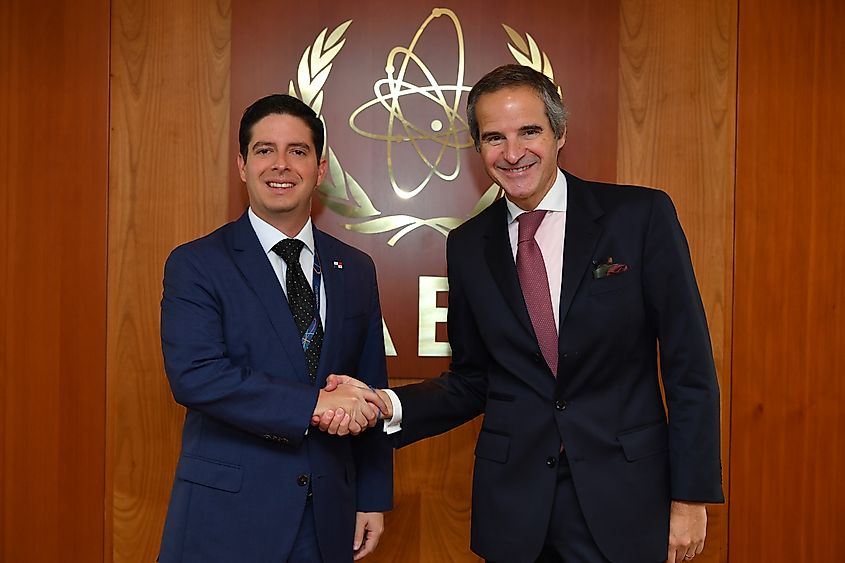
First Quantum Minerals' Cobre Panama project ends the list at No. 10. The copper mine is in Panama's Colon province. Cobre yielded 331,000 tonnes of copper last year, and the mine is anticipated to remain operational for the next 31 years based on estimates of probable reserves. However, the mine has been embroiled in controversy for political reasons, with the Panamanian government ordering operations to be halted after mass demonstrations from environmental groups. However, the new government is seen as more business-friendly and may reverse the previous administration's decision, offering hope for First Quantum and the project.
The world is facing a copper shortage. It is estimated that demand will outstrip supply by an estimated 6.5 million metric tons as demand for electrification looms. Unless drastic measures are taken to increase production, copper will remain an indispensable commodity to industries and the broader global economy. Only time will tell whether production will be increased to meet the demand, but essential factors include political stability in South America and investments in green energy to alleviate environmental concerns.











